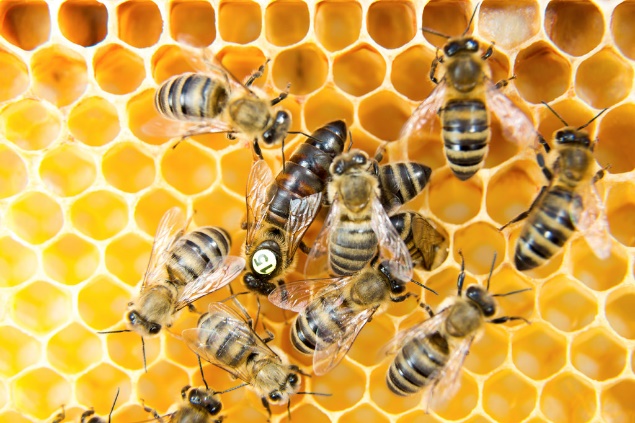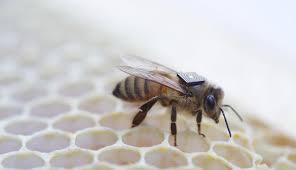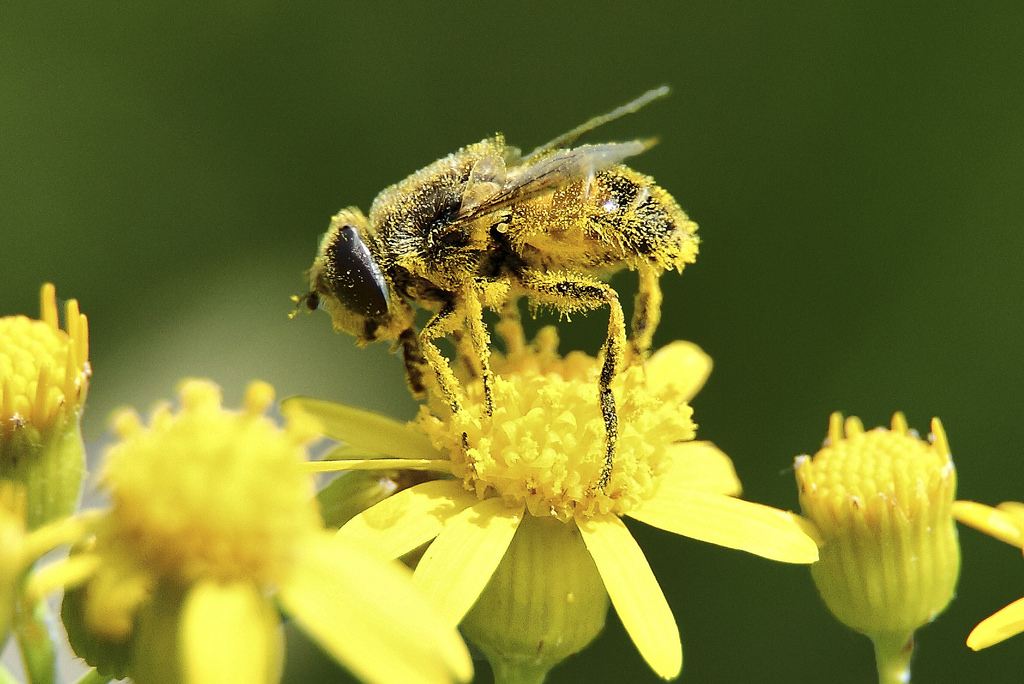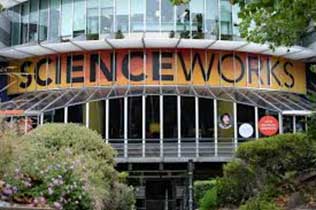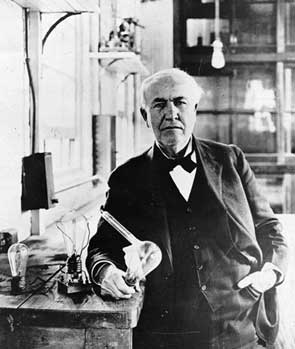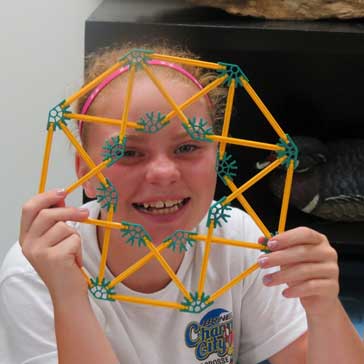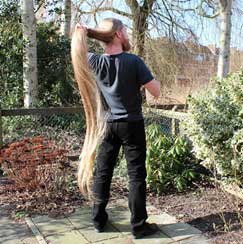Why are beehives made of hexagons?
Ever wondered why beehives are made of hexagons and not, say, pentagons? Grab a set of pattern blocks and start investigating to see which shapes can be laid next to each other in a pattern that competely fills a space and leaves no gaps. (If you don’t have a set of pattern blocks, here is a set of regular shapes you can copy and cut out.) You should find that regular triangles, squares and hexagons can all be used to do this. A repeating pattern that fills a space is called a ‘tessellation’. Tessellations can be found both in nature [...]

